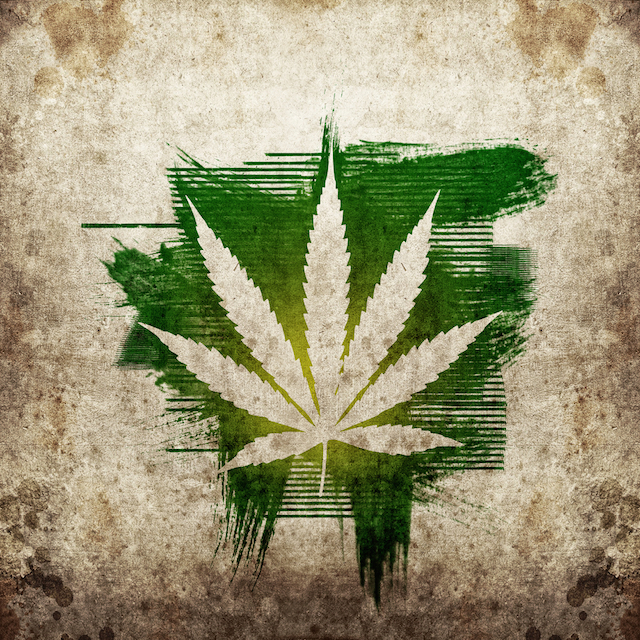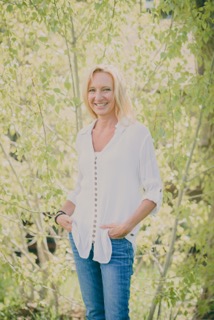Well, who knew cannabis could be such a culinary delight and have health benefits?
I had fun talking to Green Diva Meg about cooking with cannabis in this Green Divas Foodie-Philes episode. After listening, scroll down for an excerpt from my book, The Cannabis Kitchen Cookbook.
When the first humans were rooting around for sustenance, ethnobotanist and Harvard educator Richard Evans Schultes writes, the sticky tops of raw cannabis were likely among the seeds, nuts, and berries they explored.
The euphoria that resulted from eating those flowers, Schultes believes, may have spawned religion. Hindus believe that raw cannabis leaves were Lord Shiva’s favorite food.
Cannabis facts
Raw cannabis, part of the human diet since eating began, is a digestible complete protein with essential amino acids and omega fatty acids and the plant kingdom’s largest source of cannabinoids. Technically, it’s a vegetable. Yet it’s been largely ignored since humans discovered that heating cannabis flowers or otherwise extracting their resins heightens their psychoactive effects. The plant has much more to offer than tiny crystal glands for extraction.
Unless you grow your own cannabis or have a friend who does, fresh leaves and flowers aren’t easy to find. Most growers dry cannabis flowers to maximize the resin’s psychoactive effects (and prepare them for market) and compost or discard the fan leaves and stalks at harvest. This is a tremendous waste. The plant has much more to offer than tiny crystal glands for extraction.
Cooking cannabis
Heating cannabis to convert the carboxylic acid THC-A into psychoactive delta-9 THC changes the plant’s chemical composition, stripping out cannabinoids—including a healthy dose of antioxidant and anti-inflammatory CBDs—and terpenes, which are being studied to treat a number of conditions, including epilepsy and cancer.
Dr. William Courtney, a Mendocino County physician, recently made headlines with his recommendation that patients eat raw cannabis flowers or juice raw cannabis fan leaves every day to maximize the herb’s therapeutic impact while minimizing psychoactive effects. Courtney’s domestic partner, Kirsten Peskuski, has been in remission from lupus, interstitial cystitis, and rheumatoid arthritis since she began the regimen of fifteen leaves and two large flowers a day, which requires having forty cannabis plants in cultivation. (Doctors in Colorado and California are writing recommendations that allow juicers to grow forty or more plants.)

The high points of raw cannabis (pun intended)
In “Cannabis as a Unique Functional Food,” Courtney states that heating THC reduces the total antioxidant dose it delivers to one-fiftieth of what it was when the plant was raw. He became a champion for raw cannabis after reading that CBDs could regulate communication between human cells and immune systems and reduce inflammation. In addition to CBD’s benefits, the terpenes in raw cannabis boost mood and energy levels, Courtney posits, but THC-A won’t alter people’s minds. (A good number of Courtney’s patients aren’t interested in getting high.)
It’s true that consuming raw fan leaves, which have trace amounts of THC-A, won’t get most people high. But every person’s sensitivity to THC-A is different. When they eat raw cannabis flowers, some people feel the same euphoria that early hunters and gatherers experienced. Whether THC-A must be “decarboxylated” through heat or extraction to produce psychoactive effects is a hotly debated—and deeply personal—subject.
For ethnobotanist Chris Kilham, who’s eaten the raw plant with indigenous people around the world, it’s a non-issue. Chris gets plenty altered when he blends raw flowers into smoothies. “If you eat cannabinoids, you get an effect,” Chris says. “Heating is not important, except to blend cannabis into other agents or to somewhat increase THC value. Eating raw cannabis is an old, common method. Eat cannabis, get high.”
As is always the case with cannabis, the only way to find out how eating raw flowers affects you is to try it. Start by blending the smallest flower you can find into juice or a smoothie. You should know in about an hour.
 Robyn Griggs Lawrence helped introduce sustainable lifestyles and healthy homes to mainstream America as editor-in-chief of Natural Home magazine and explored the Japanese art of finding beauty in imperfection with The Wabi-Sabi House (2004), and Simply Imperfect: Revisiting the Wabi-Sabi House (2011). Her new mission is to educate people about how to safely prepare and imbibe organic, sustainably grown cannabis for health and wellbeing through The Cannabis Kitchen Cookbook, a collection of know-how, advice and recipes from America’s top cannabis chefs. Lawrence has been an editor with Organic Spa, Mountain Living, and The Herb Companion magazines, and has run successful blogs on Huffington Post, Care2.com and Motherearthnews.com. A certified yoga instructor, Lawrence also co-authored the e-book 7 Steps to a Safe, Nurturing Nursery, with Dr. Frank Lipman, M.D.
Robyn Griggs Lawrence helped introduce sustainable lifestyles and healthy homes to mainstream America as editor-in-chief of Natural Home magazine and explored the Japanese art of finding beauty in imperfection with The Wabi-Sabi House (2004), and Simply Imperfect: Revisiting the Wabi-Sabi House (2011). Her new mission is to educate people about how to safely prepare and imbibe organic, sustainably grown cannabis for health and wellbeing through The Cannabis Kitchen Cookbook, a collection of know-how, advice and recipes from America’s top cannabis chefs. Lawrence has been an editor with Organic Spa, Mountain Living, and The Herb Companion magazines, and has run successful blogs on Huffington Post, Care2.com and Motherearthnews.com. A certified yoga instructor, Lawrence also co-authored the e-book 7 Steps to a Safe, Nurturing Nursery, with Dr. Frank Lipman, M.D.